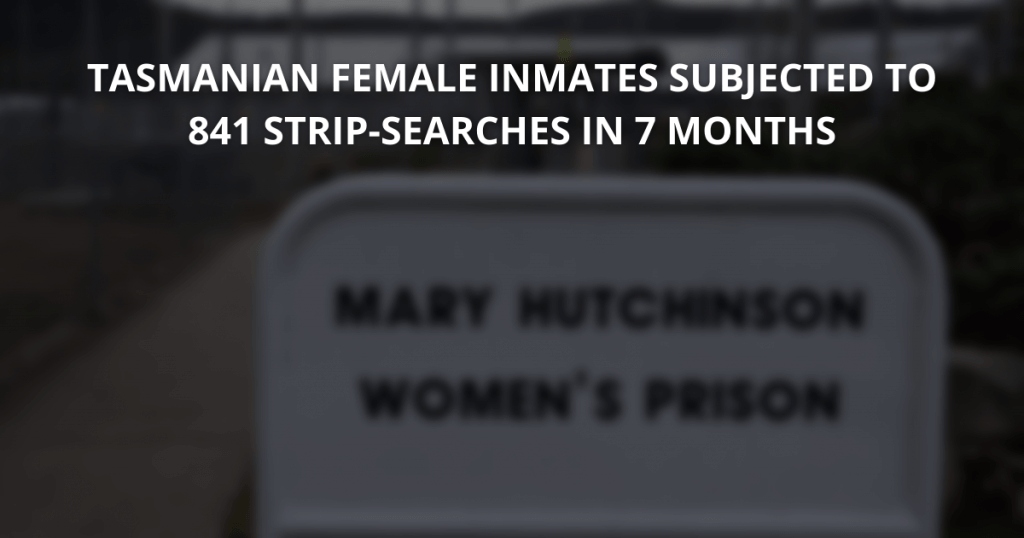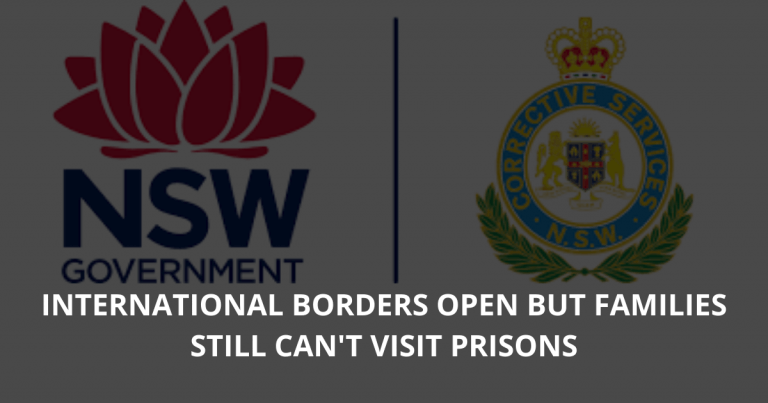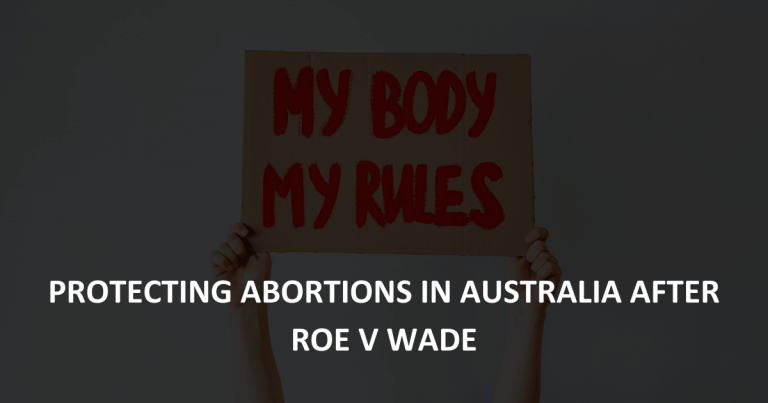New data reveals that 841 strip-searches of women in Tasmanian prisons took place in a seven-month period, with only three failing the search.
The figures obtained by the Human Rights Law Centre under a right to information (RTI) request revealed the data for the period between October 2020 and April 2021.
The documents show that only three searches turned up concealed items. The concealed items were:
- pain medication;
- tobacco and a lighter; and
- tobacco and matchsticks.
Tasmanian prisons searches conducted too frequently, not in line with international standards
Senior lawyer at the Human Rights Law Centre Monique Hurley said the low proportion of banned items was evidence the searches were happening too frequently.
In Tasmania, the corrections offers may conduct personal searches on prisoners or detainees entering or leaving a prison and prior to and on completion of contact visits. This is in line with most standards. However, the guidelines then go one further. Searches may occur “at any other time deemed necessary by a superintendent to ensure the safety, good order and security of the prison are maintained”.
These measures are too broad. They are also inconsistent with human rights law which states strip-searches in prisons should only happen as a last resort.
“This needs to be an assessment that’s done on a case-by-case basis, and not as a matter of prison routine,” Ms Hurley stated.
“There are more effective and less intrusive ways of checking for contraband, such as scanners at the airport.”
Re-traumatising victims
98% of women in Australian correctional facilities have a history of childhood and adult sexual, emotional and physical abuse. So says the Women in Prison Advocacy Network (WIPAN).
CEO of the Tasmanian Aboriginal Legal Service Tracey Dillon said strip searches were especially degrading for Indigenous inmates.
“We’ve been strip searched for 200-plus years. Our bodies have been exposed at the whim of non-Aboriginal people who just think that they can take our clothes off and look at us and touch us,” Ms Dillon told the ABC.
“It’s a continuing thing that’s happening today and when we go into the prison and women are strip searched in prison, it’s a violation of their personal space,” she said.
“We’ve got women who may have been sexually abused and treated violently. Having to take off their clothes can re-traumatise them.”
Western Australia leading the reform
The Justice Department in Western Australia imposed limits on strip-searching at three women’s prisons in the state. That strip-search reduction did not lead to an influx of drugs.
This is unsurprising given that the only three per cent of these strip searches happen on reasonable suspicion that someone is actually withholding contraband.
Therefore, excessive strip-searching does nothing to eliminate the use of drugs and contraband within prisons. However, it degrades, humiliate and traumatises the vulnerable members of our society.
The Western Australia Inspectors Overview of strip-searching in WA prisons notes that “we found no evidence that strip-searching has a deterrent effect.”
“There was no relationship between the volume of strip searches and the number of positive drug tests of prisoners. Nor was there any increase in contraband finds, using other processes, when strip searching stopped at certain facilities. These findings are consistent with research in other countries.”
Prisoners experienced almost 900,000 strip searches in the past five years in WA. However, officers found only 571 contraband items.
Prisons avoiding using technology
In conclusion, not only are strip-searches incredibly degrading, they’re not even the most effective way of identifying smuggled contraband.
Body scanners and x-ray devices used in airports are not in most prisons. The maximum-security Francis Greenway Correctional Complex (formerly known as John Morony Correctional Centre) near Windsor in Sydney’s western suburbs, began using x-ray technology in 2018. The new Clarence Correctional Centre has introduced a body scanner, which was even able to detect potential prostate cancer in an inmate.
In March 2021, the Tasmanian Government committed $1.3 million in new funding to introduce body scanning technology at the two State Reception prisons, Ashley Youth Detention Centre, Risdon Prison and the Mary Hutchinson Women’s Prison.
While strip-searching is likely to happen in certain circumstances, the WA Inspectors Overview states “technology is also likely to exceed, or at least match, the detection rate of strip-searching”.
In one scenario in Western Australia, a man underwent at least two strip searches and multiple pat-down searches. Officers later found that he smuggled in a bullet. A simple metal detector or full-body scanner would have located this quickly and effectively.






